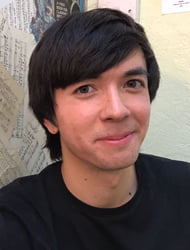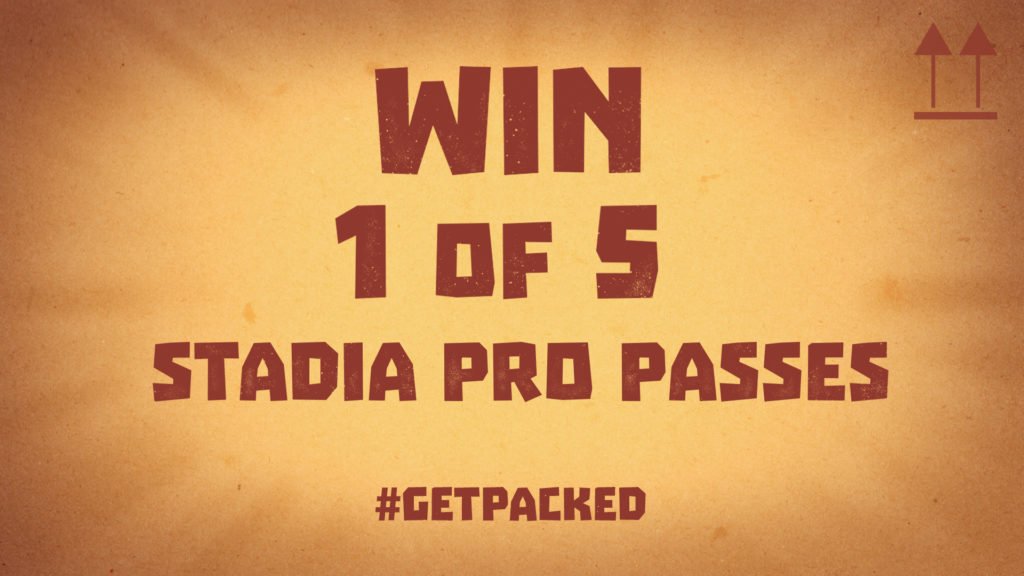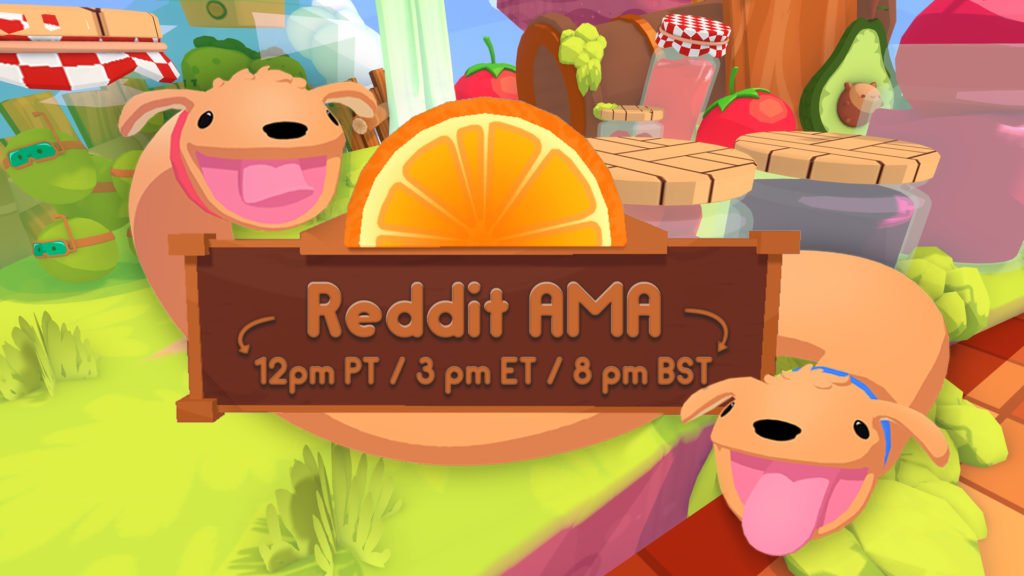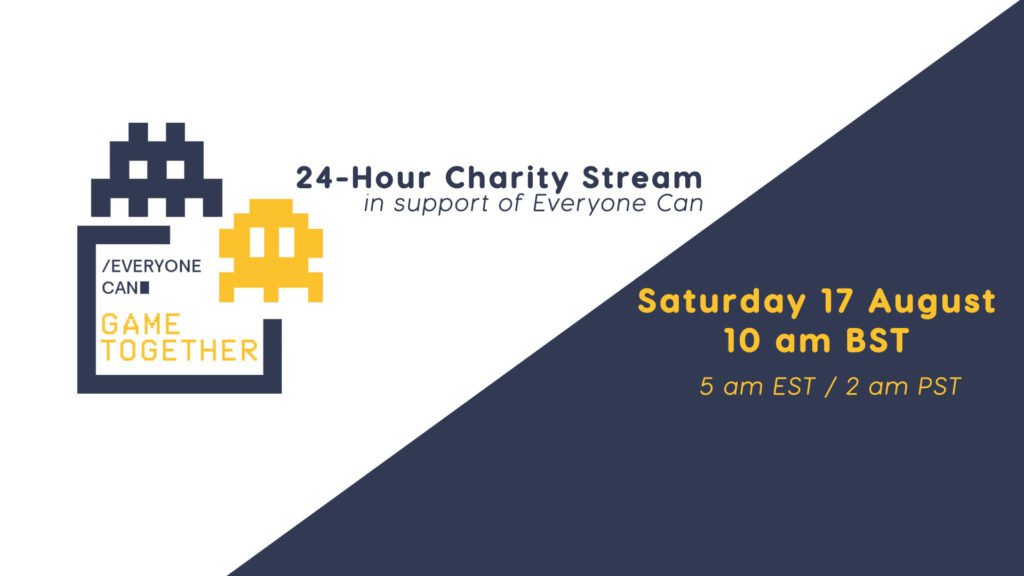Music and story in VR – The score for Shadow Point
Experiencing music in VR is like having a perfectly tuned surround-sound system that reacts to what you do and follows you around, continually placing you in the ‘sweet spot.’ While composing the score for Shadow Point – our forthcoming puzzle game featuring Sir Patrick Stewart – I had two questions in mind:
1. How can I make the score emotionally satisfying without intruding on VR’s natural sense of immersion?
2. How can I make use of the surround-sound capabilities of VR to add an additional meaningful dimension to the music?
Here is my spoiler-free exploration!
One does not simply write a melody
I’m a huge fan of melody. While re-watching the Lord of the Rings trilogy, I was reminded of how thrilling it can be to hear direct, memorable themes. From the lilting folk music of the Shire to the brassy grandeur of the Fellowship and the snake-like song of the Ring, I’ve always loved the clarity of a good melody and the way it can elevate drama.
There are several recurring musical themes in Shadow Point. Some are for particular characters while others suggest abstract ideas like ‘curiosity’ or ‘time.’ These generally occur at key storytelling moments. I weave fragments of them into the background music throughout the game, too. I want the player to become familiar with them. This is an ‘old school’ composing trick originating in opera but also has its place in VR.
Lorna's Theme
That said, VR and movies are obviously not the same. The more I explored the world of Shadow Point from inside the VR headset, the more I came to realize that it was not always appropriate to use music so overtly – doing so sometimes made me feel too much like an outside observer, like I was watching a film. The calm pace of the gameplay was also suggestive of something a bit more subtle, so I found myself stripping more and more away.
I had just played Ustwo’s excellent Lands End and it inspired me to take a more ‘textural’ approach, favoring long tones and repeating cycles of notes. I liked the way Lands End made the very landscape seem to ‘hum.’ The music and the earth, sea and wind were all part of the same reality. For some tracks in Shadow Point I experimented with using gusts of wind and rumbling tremors as musical statements in their own right. Coatsink’s sound design team were doing a brilliant job of bringing the world to life and I wanted to work in harmony with them (sometimes literally).
Tremors
Other musical effects played a useful role. A smooth metallic tone such as a bowed thumb piano or gong might help you ‘feel’ the coolness of a mirror’s surface. The use of a long artificial reverb on a ukulele pluck could suggest open space, voices bouncing off rock. Just as the art team created environments that set an emotional tone for each chapter of the story, so too the music would help bring the player even closer to the fantasy world.

Twin Mbiras (thumb pianos), an ‘energy chime’ and a handmade Turkish cymbal were used extensively for creating metallic drones and pulses.
Directionality – 3D vs 2D music
Working in VR also gave me the opportunity to play with directionality. Musical sounds that seemed to emanate from a location within the environment blurred the boundary between the ‘real’ world of the game and the abstract world of the music, creating a dream-like atmosphere. The sound may be tied to a specific game object – a music box for instance – or just come from a general direction, framing the space in a particular way. We hear a particular character singing to themselves from somewhere out of sight – their voice mingling seamlessly with the background score. In a climactic moment, the world itself seems to be made of voices singing from different directions, all in harmony with one another.
Voices
By contrast, music that was mixed in conventional ‘2D’ (head-locked) stereo had a tendency to feel more intimate and sit more in the background, perhaps better able to affect the listener on a level below their consciousness – particularly if their mind is focused on solving puzzles!

Vocalist Sylvia Silas contributed her ethereal vocals to the score, sometimes layering her voice to become an angelic chorus. Photo by Steven Cropper
Another use of directionality was to create a sense of imbalance. After some experimentation, I found that placing low-frequency elements such as bass or kick drum prominently in 3D space, off to one side, created a psychologically off-kilter feeling. This is because in real life low frequencies tend to be far less directional seeming to come from everywhere at once. This destabilizing effect came in handy when writing music for a world where the normal rules of physics might get subverted in unexpected ways.
Off Balance
The wonderful obscurity of Shadow Point’s Escher-like paradoxes and the warmth of its story are really worth experiencing. All of the puzzle mechanics in the game were designed specifically for VR and that made for some really fun challenges when creating music to support the experience. There is much more to say about the music, but it would probably be better if you just go and play it!
Lastly, as I mentioned at the start, I love a good melody. Luckily for me it’s become something of a tradition to create a stand-alone song with lyrics for each Coatsink project I’m involved with (see Augmented Empire and They Suspect Nothing). So I’ll leave you with ‘I’ve Got Time,’ produced in collaboration with Oliver Price and featuring Midori Jaeger on vocals.
I've Got Time
I’d like to say a huge thank you to all the wonderful musicians who contributed to the soundtrack, and to Coatsink for inviting me to be involved.
Thanks for reading and I hope you enjoy the game!
Vince W - Composer
Vince is a freelance composer based in London. He’s been working with Coatsink since their very first game Pinch was released back in 2010.
SUBSCRIBE TO RECEIVE A DRM-FREE COPY OF CHIP
Plus, get access to exclusive news and sneak peeks of games from us and our trusted partners.
Data stored as outlined in our Privacy Policy.






